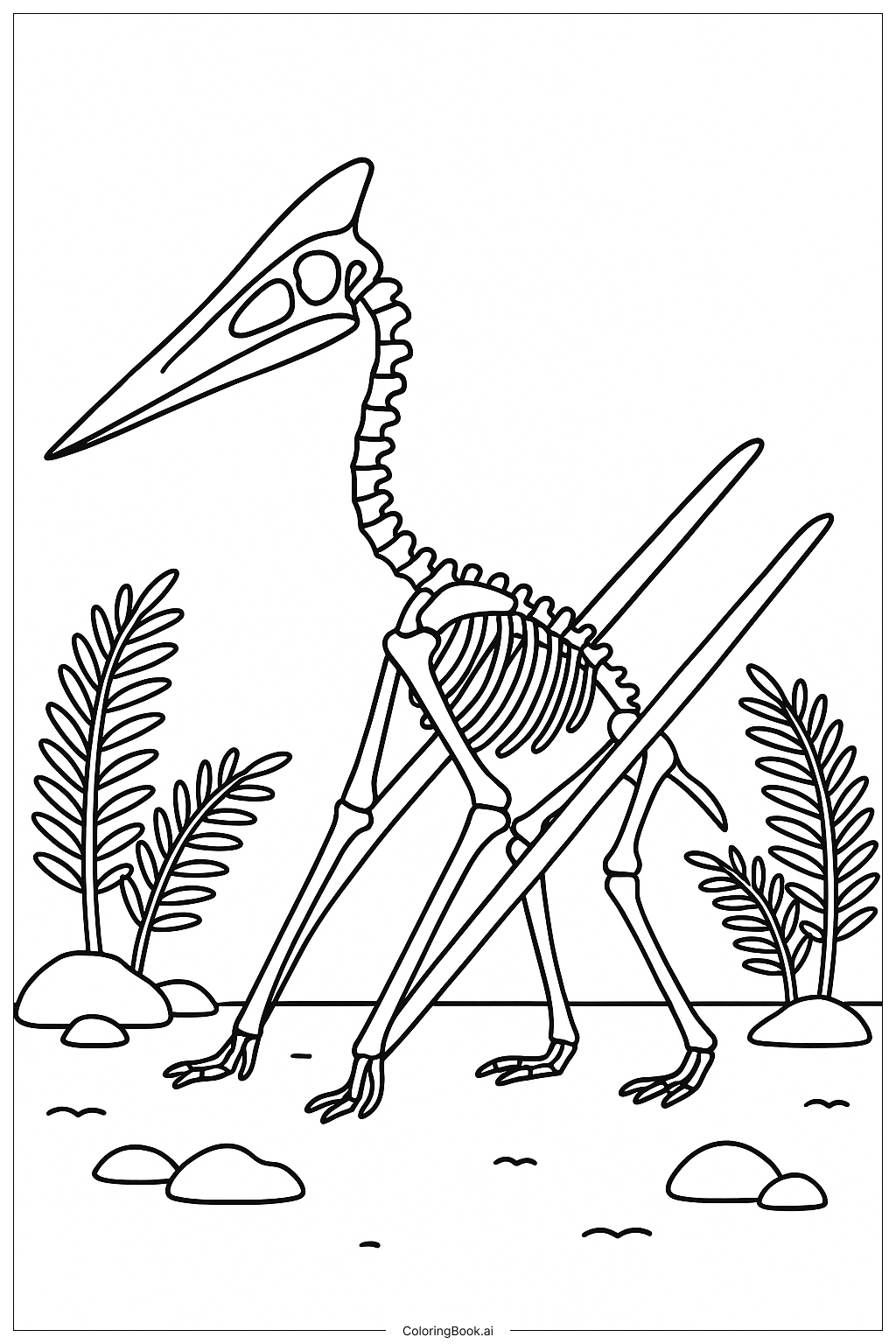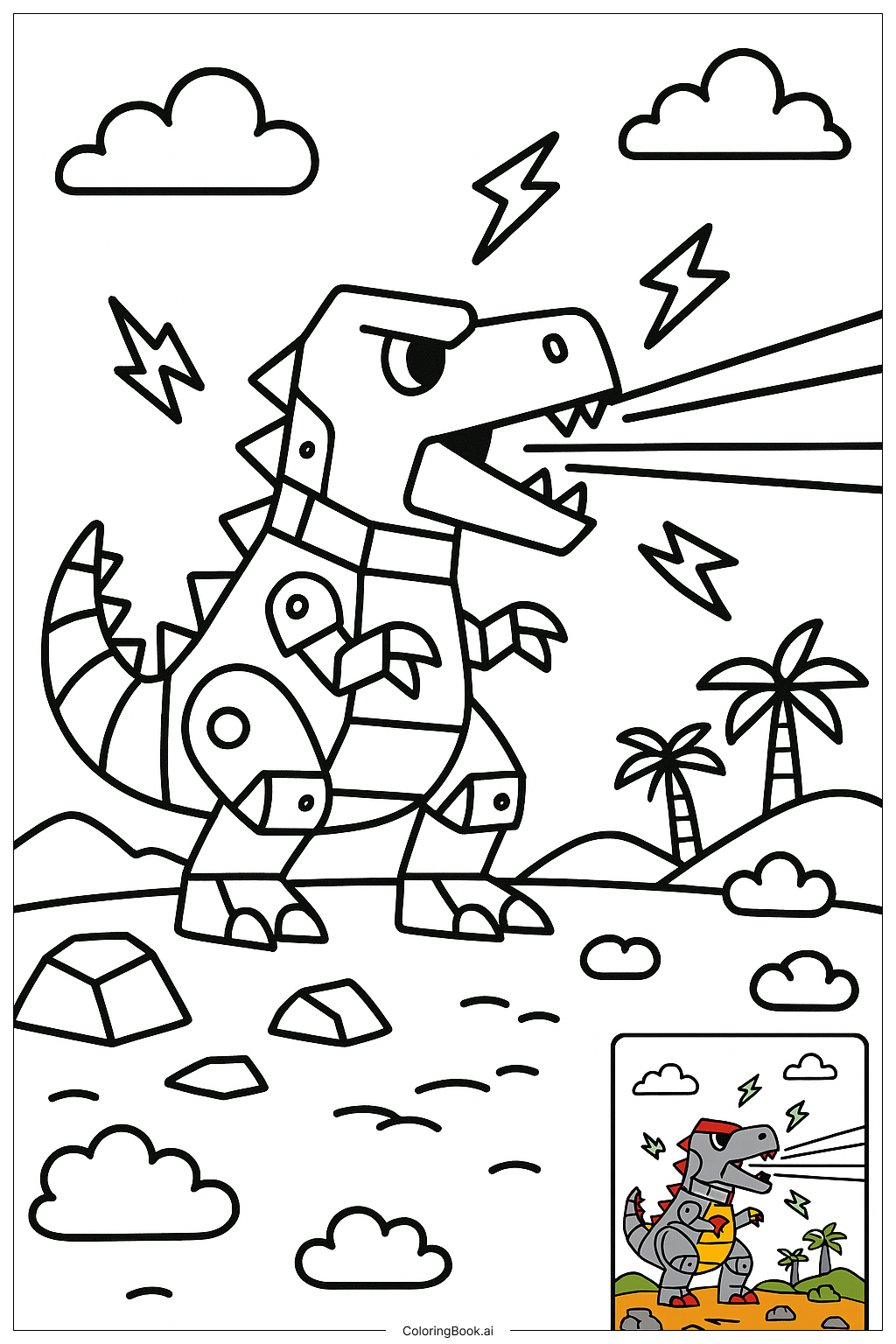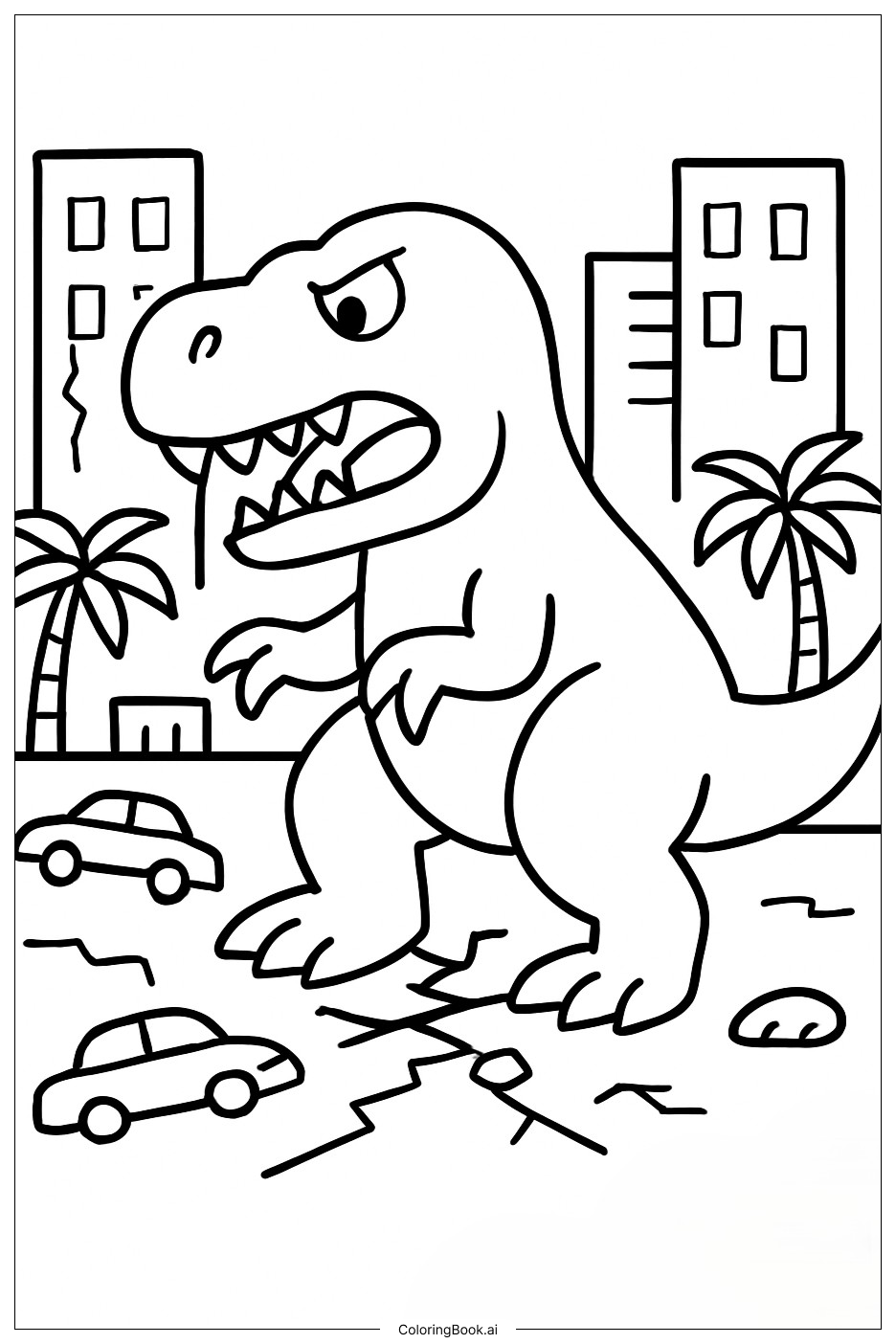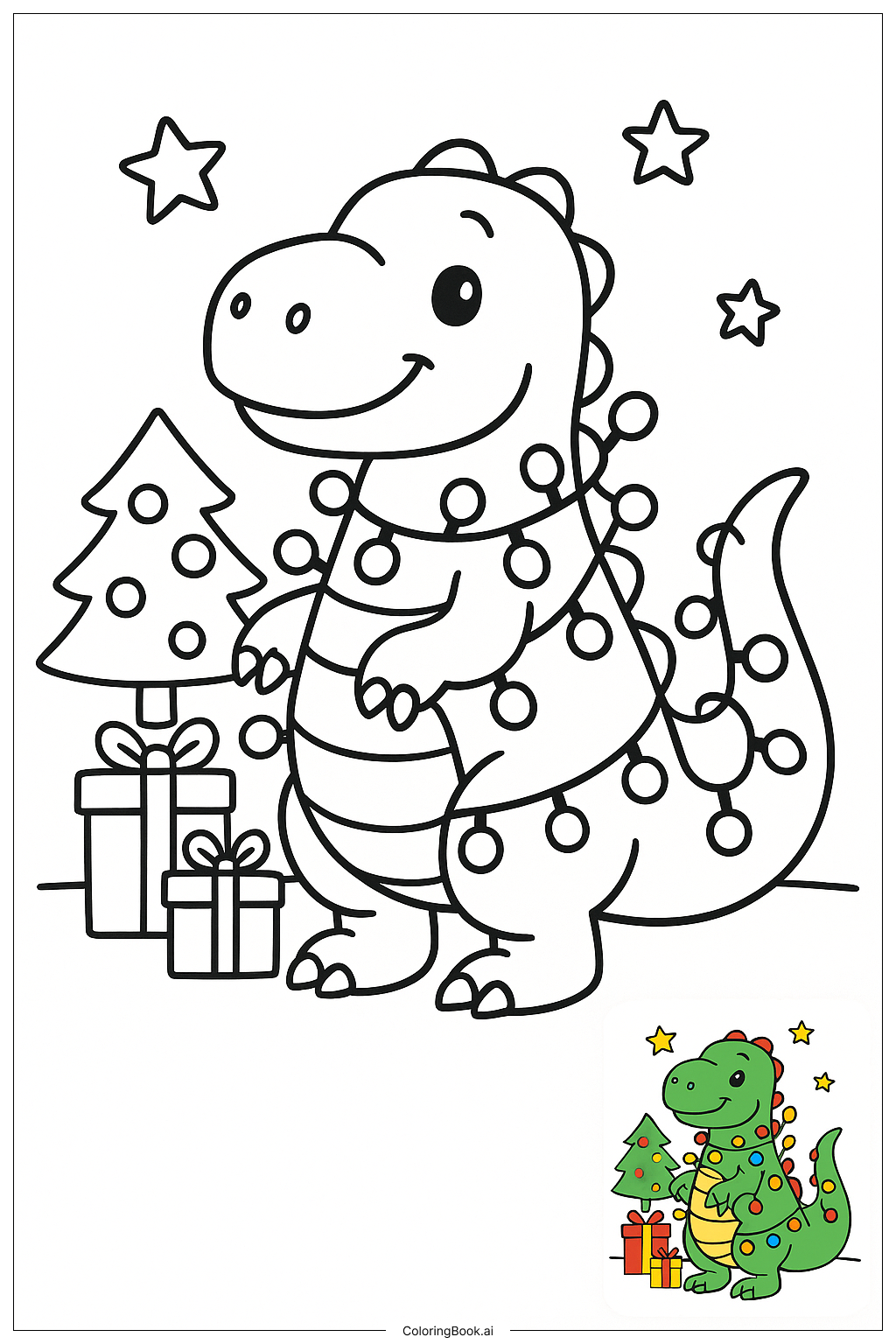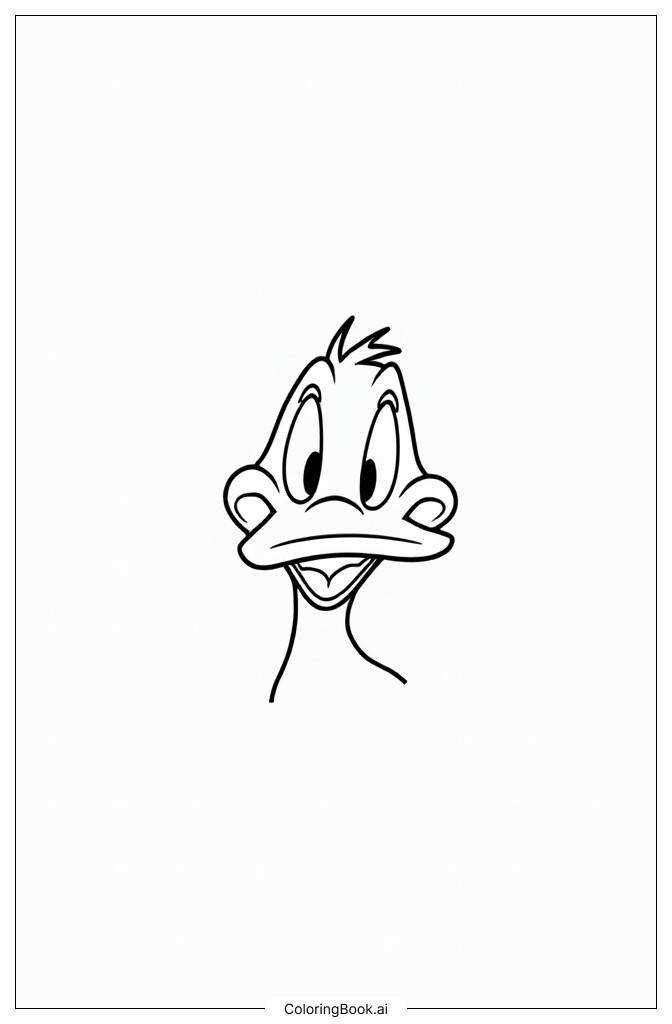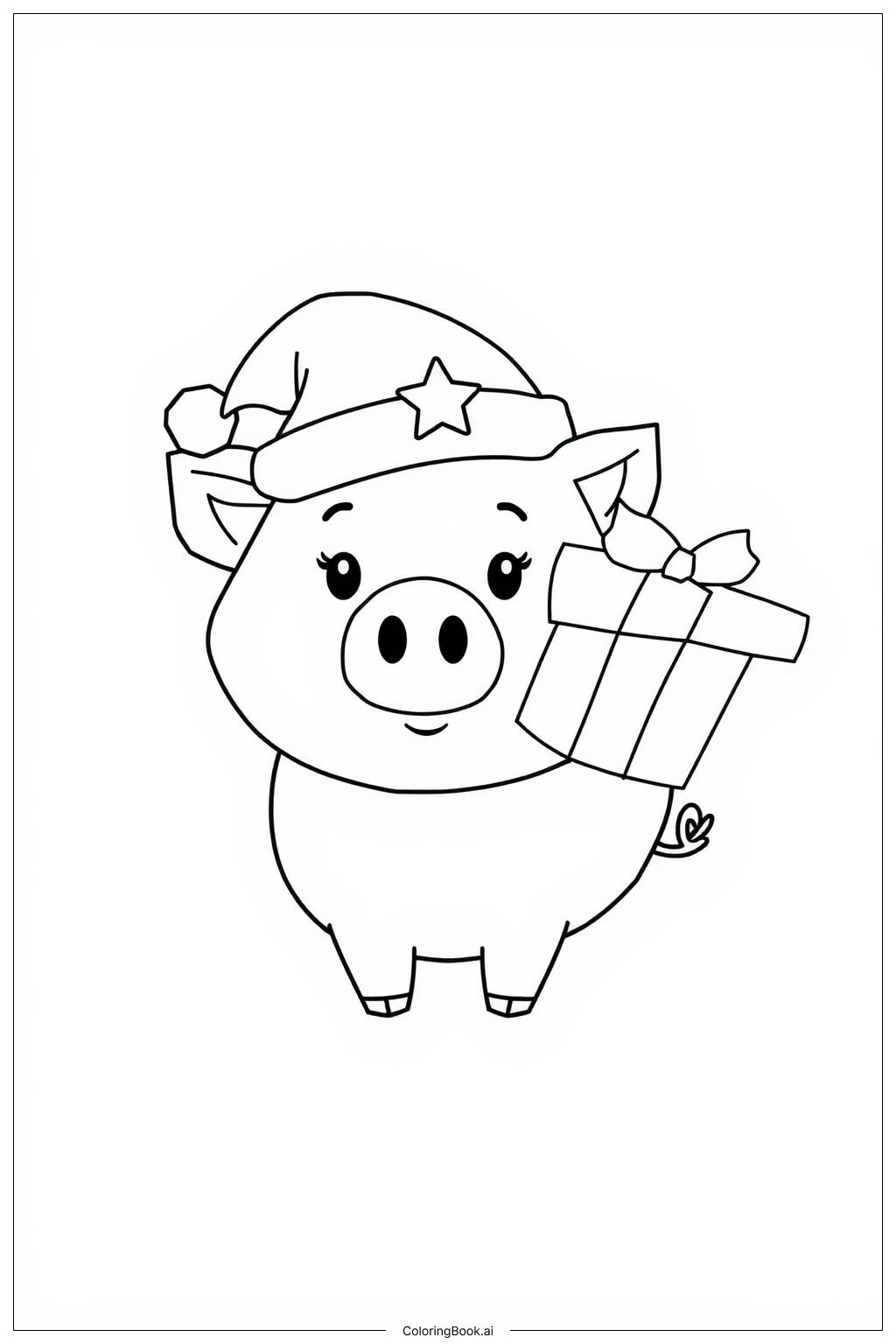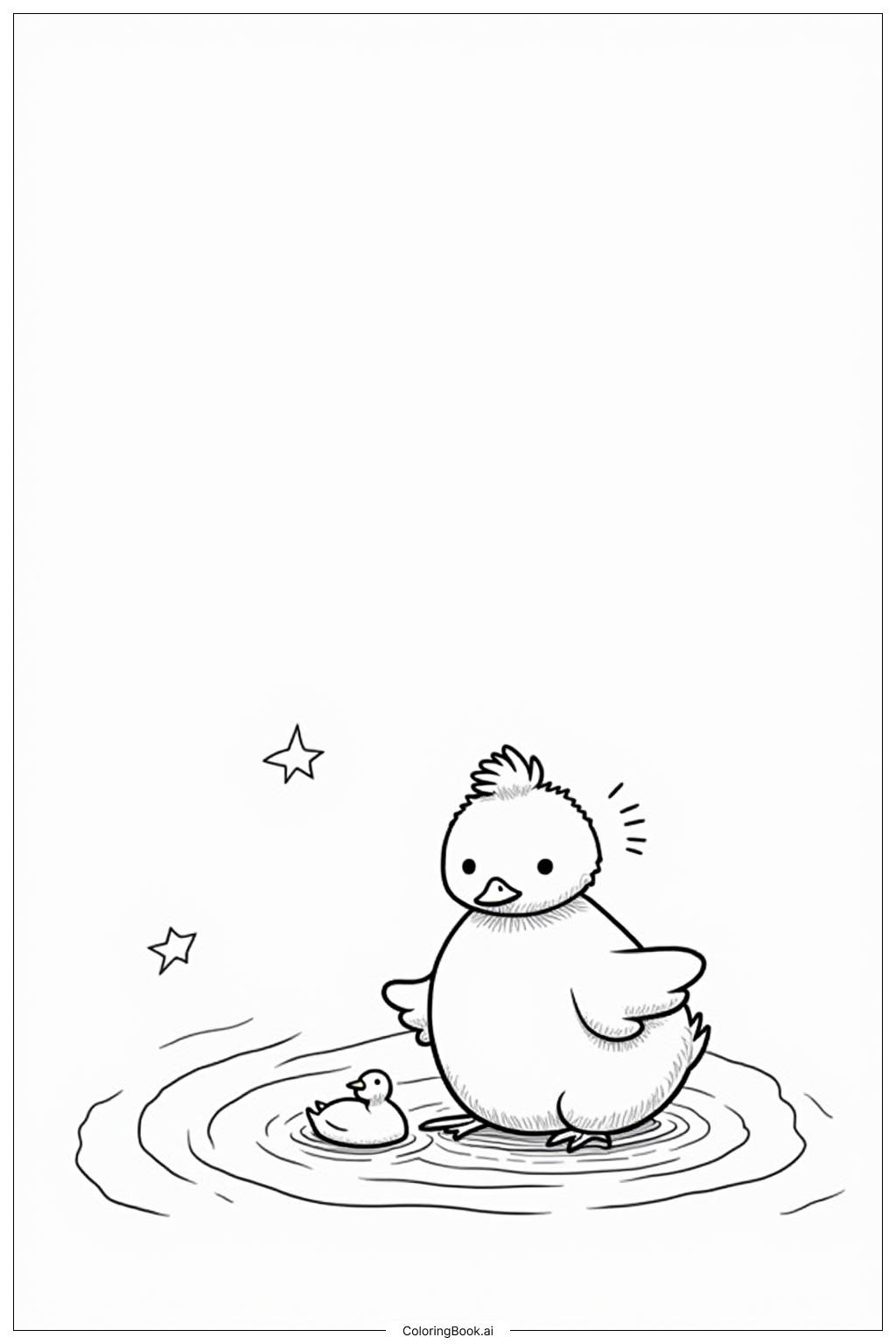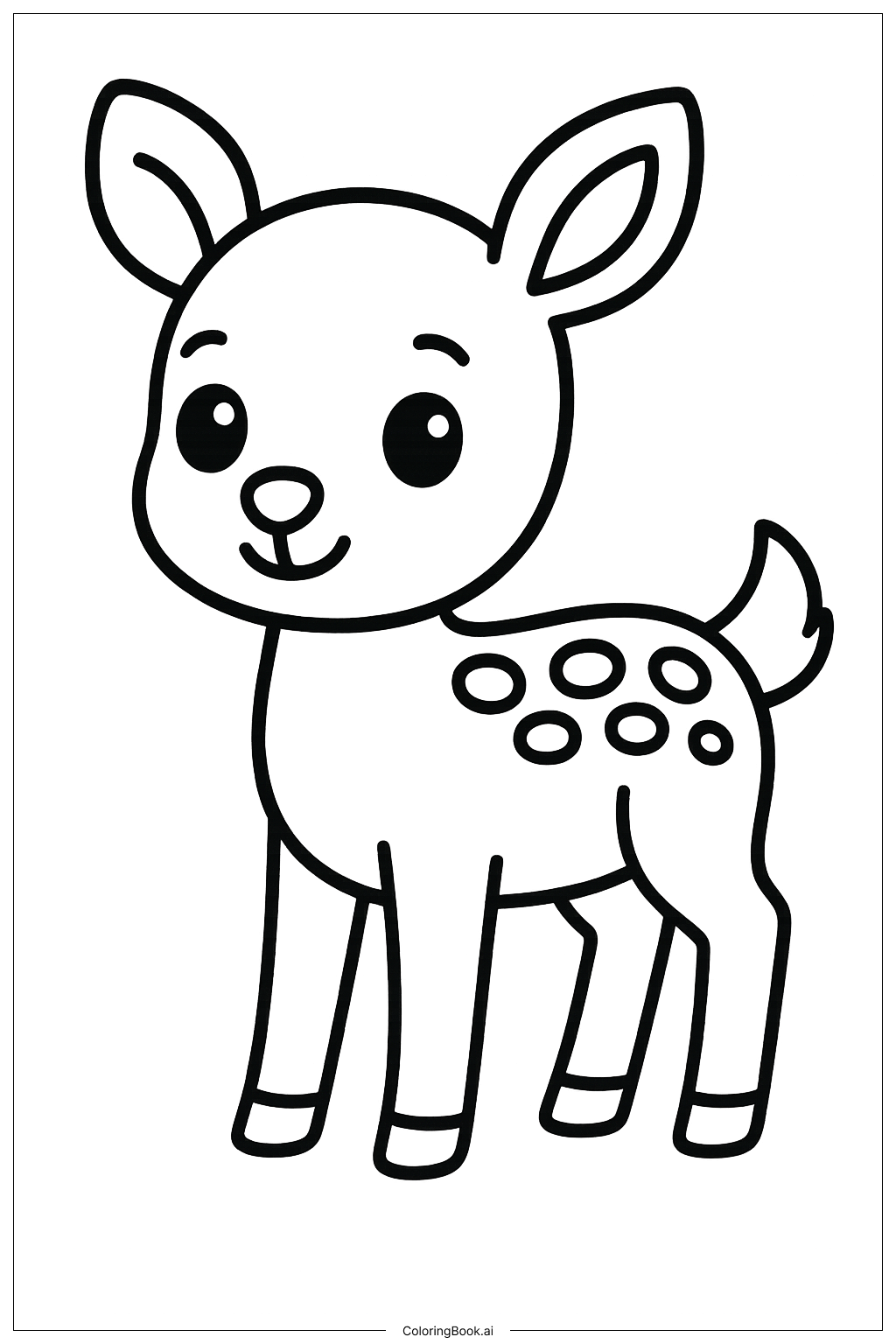Coloring tips: How to color Quetzalcoatlus Fossil Skeleton coloring page well?
Use natural colors like browns, grays, and tans for the fossil bones to give a realistic look. The plants can be colored with different shades of green to make the scene lively. Try using a darker color for the background ground to make the skeleton stand out. Adding shadows around the bones can create a 3D effect. Be gentle while coloring inside the narrow spaces between bones to keep the edges clean.
Coloring challenges: Which parts are difficult to color and need attention for Quetzalcoatlus Fossil Skeleton coloring page?
1. The thin bones and detailed ribcage require careful coloring to avoid going outside the lines. 2. Coloring the long, thin wing bones evenly can be challenging as it needs precision. 3. The small spaces between the bones and rocks are tight areas that need patience. 4. Making shadows and highlights to show depth is hard for beginners. 5. Balancing color shades for the skeleton and the surrounding plants to keep the picture interesting but not too busy.
Benefits of coloring books: Advantages of drawing Quetzalcoatlus Fossil Skeleton coloring page
Coloring this fossil skeleton helps children improve their focus and hand-eye coordination. It encourages them to learn about dinosaurs and history in a fun way. Working on the detailed parts can develop fine motor skills. It also boosts creativity as children choose colors and add effects. Finally, finishing this picture can give a sense of achievement and confidence.
